Dog Food and Shedding Mistakes Owners Make Every Day
If you’ve been asking dog food and shedding, you’re not alone. Excessive shedding is one of the top concerns for dog owners. While some hair loss is natural, diet plays a major role in coat health. This guide explains why dogs shed, how hormones and life stages affect fur, why Labradors shed so much, what causes over-shedding, and how food plus care can help.
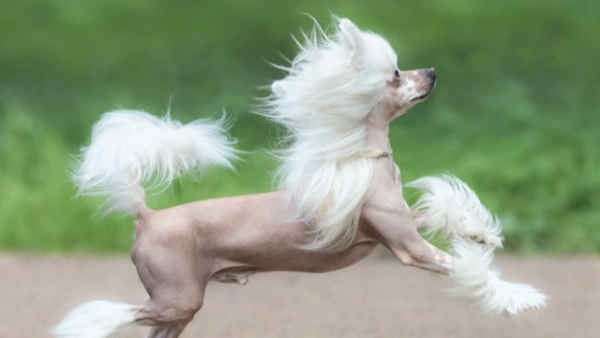
Why Dogs Shed
Seasonal Changes
Most dogs shed more in spring and fall.
They shed old coat to grow thicker or lighter fur for new seasons.
This is normal and called seasonal molt.
Temperature Regulation
Coat thickness helps with insulation and cooling.
When temperature changes, dogs adjust by shedding.
Hormonal Causes
Puberty
Young dogs can lose more hair as hormones shift.
This is often temporary and settles with age.
Pregnancy
Pregnant or nursing bitches may have uneven coat or increased shedding.
Hormonal changes and nutrient demands affect hair quality.
Spay/Neuter or Post-Surgery
Hormone shifts after surgery can alter coat texture and shedding patterns.
Some dogs show temporary thinning after anesthesia or major surgery.
Health and Nutrition
Poor nutrition weakens hair follicles.
Skin conditions, infections, and endocrine disorders also increase shedding.
Why Labradors Shed So Much
Labradors have a dense double coat with a thick undercoat.
They naturally shed heavily twice a year and moderately year-round.
Choosing the best dog food for shedding lab can improve coat quality and reduce loose hair.
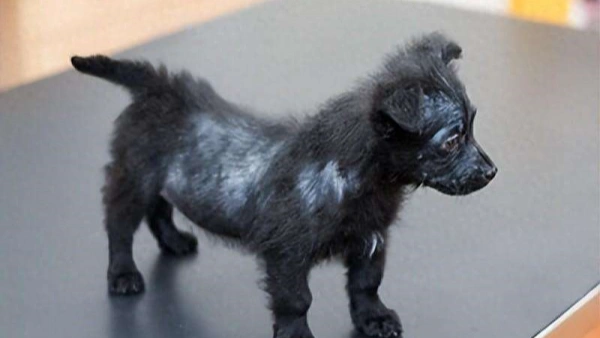
What Causes Excessive Shedding?
Poor Diet Quality
Low-quality kibble often uses fillers, not real protein.
Missing omega fatty acids lead to dry skin and brittle hair.
Vitamins and minerals are essential for strong fur.
Medical Conditions
Parasites (fleas, mites) produce intense itching and hair loss.
Fungal or bacterial infections damage follicles.
Thyroid disease and Cushing’s disease cause generalized hair loss.
Stress and Environment
Stress, anxiety, and major life changes can trigger shedding.
Poor grooming, humidity, and pollutants irritate skin.
Treatment Tips for Excessive Shedding
Balanced Diet
Switch to a high-quality food with named animal proteins.
Include omega-3 (EPA/DHA) and omega-6 for skin health.
Ensure sufficient calories and amino acids for hair growth.
Regular Grooming
Brush daily during heavy-shed seasons to remove loose undercoat.
Use de-shedding tools for double-coated breeds.
Professional Grooming and Bathing
Regular baths with gentle, hydrating shampoos help skin health.
Avoid over-bathing; it strips natural oils.
Professional groomers can safely blow out undercoat where needed.
Coat Care Routine — Practical Steps
Brush coat before bathing to remove loose hair.
Trim hair around eyes to prevent irritation and matting.
Keep nails trimmed to support overall comfort and mobility.
Apply flea and tick preventatives seasonally to avoid parasite-driven shedding.
Essential Dog Food Ingredients for Healthy Skin and Coat
High-Quality Protein
Animal proteins supply the amino acids for hair (e.g., methionine, cysteine).
Look for named proteins: chicken, turkey, beef, fish.
Healthy Fats
Omega-3 and -6 fatty acids support skin barrier and reduce inflammation.
Sources: fish oil, salmon, flaxseed.
Amino Acids
Building blocks of hair — ensure the diet is complete and balanced.
Vitamins
Vitamin A supports skin cell turnover.
Vitamin E acts as an antioxidant to protect follicles.
Biotin and Omega
Biotin supports keratin production and hair strength.
Omega support adds shine and resilience to the coat.
Zinc
Zinc helps maintain skin integrity and immune response.
Beneficial Supplements and Foods
Selenium
Trace mineral that supports antioxidant defenses and overall health.
Fatty Acids
EPA and DHA from fish oil reduce skin inflammation and shedding.
Everything Our Vets Recommend
Vitamin A and E
Support skin repair and protect against oxidative stress.
Zinc and Biotin
Zinc deficiency shows as dry, scaly skin and hair loss.
Biotin improves hair texture and growth when deficient.
Types of Dog Food That Can Help Reduce Shedding
Dehydrated and Freeze-Dried Foods
Concentrated nutrients with minimal processing.
Often more digestible, supporting nutrient uptake for coat health.
Grain-Free Options
Can help if a dog has grain-related sensitivities.
Ensure formulation still offers balanced carbs and fiber.
Whole Grain Formulas
Supply B vitamins and fiber useful for skin and gut health.
Choose quality whole grains rather than low-cost fillers.
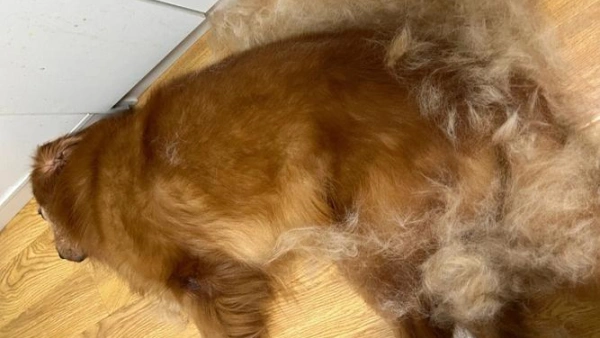
When to See a Vet
Sudden heavy hair loss or patchy bald spots.
Skin sores, bleeding, or signs of infection.
Behavioral changes, weight loss, or lethargy.
dog food and shedding FAQs
Does dog food affect shedding?
Yes. Diet has a strong influence on skin health and hair strength. A balanced, nutrient-dense food lowers excessive shedding risk.
What can I feed my dog to help stop shedding?
Choose foods rich in high-quality protein, omega-3 fatty acids, biotin, zinc, and vitamins A and E. Supplements like fish oil may help too.
Can dog food make your dog lose hair?
Poor-quality foods, or foods containing allergens for your dog, can contribute to hair loss. Always watch for improvement after dietary changes.
Why is my dog's hair falling out in clumps?
This can indicate parasites, infections, or allergies. See your vet for diagnosis and targeted treatment.
Do dogs shed more in the winter?
Some breeds grow thicker winter coats and shed when transitioning seasons. Indoor heating can also influence shedding patterns.
Summary
Diet is a major factor in dog food and shedding. High-quality proteins, essential fatty acids, vitamins, and minerals support a healthy coat. For heavy shedders like Labradors, pick formulas labeled as the best dog food for shedding lab and consider targeted supplements. Combine good nutrition with regular grooming, parasite control, and vet checks to reduce excess shedding and keep your dog's coat healthy.
You May Like:
- Dog Hair Fall Remedy: What Vets Want You to Know
- Why Is My Dogs Hair Falling Out in Clumps? Find Out
- Why Is My Dog Losing So Much Hair in 2025: Vet Tips
- Do Dogs Shed in Certain Seasons? 2025 Latest Vet Insights
User Comments
Does flea treatment kill ear mites too?
Can dogs take human probiotics?
Can dogs have people probiotics safely?
Related Articles
View all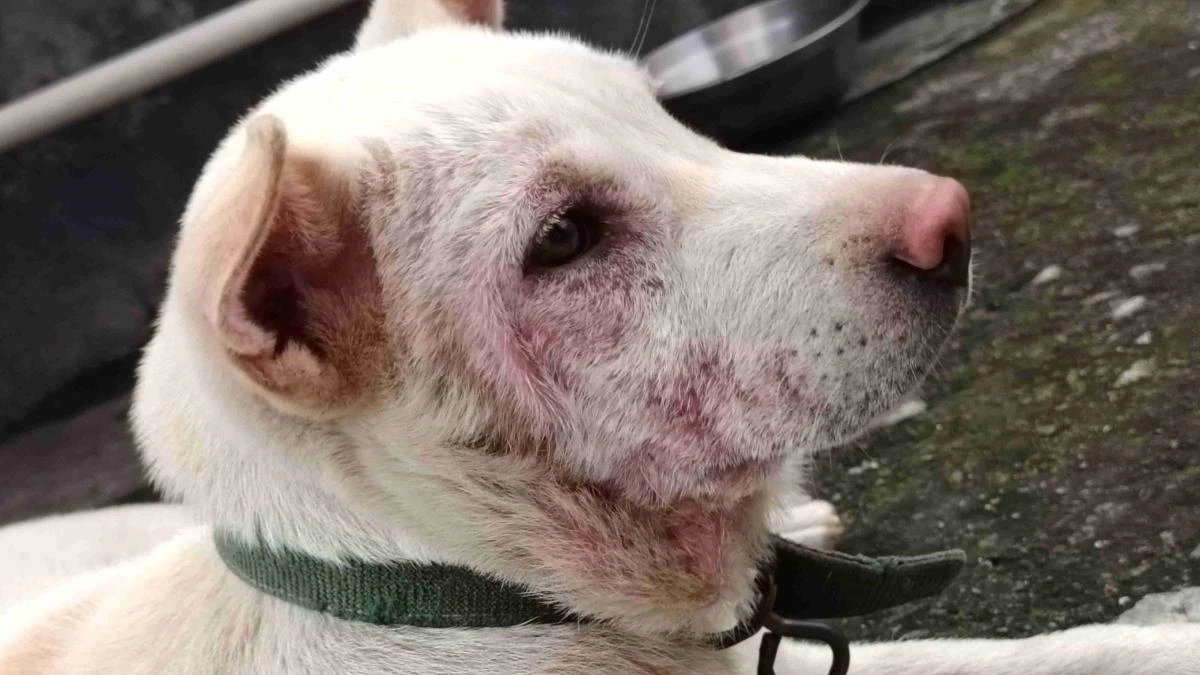
How to Get Rid of Dog Allergies Naturally: Common Mistakes
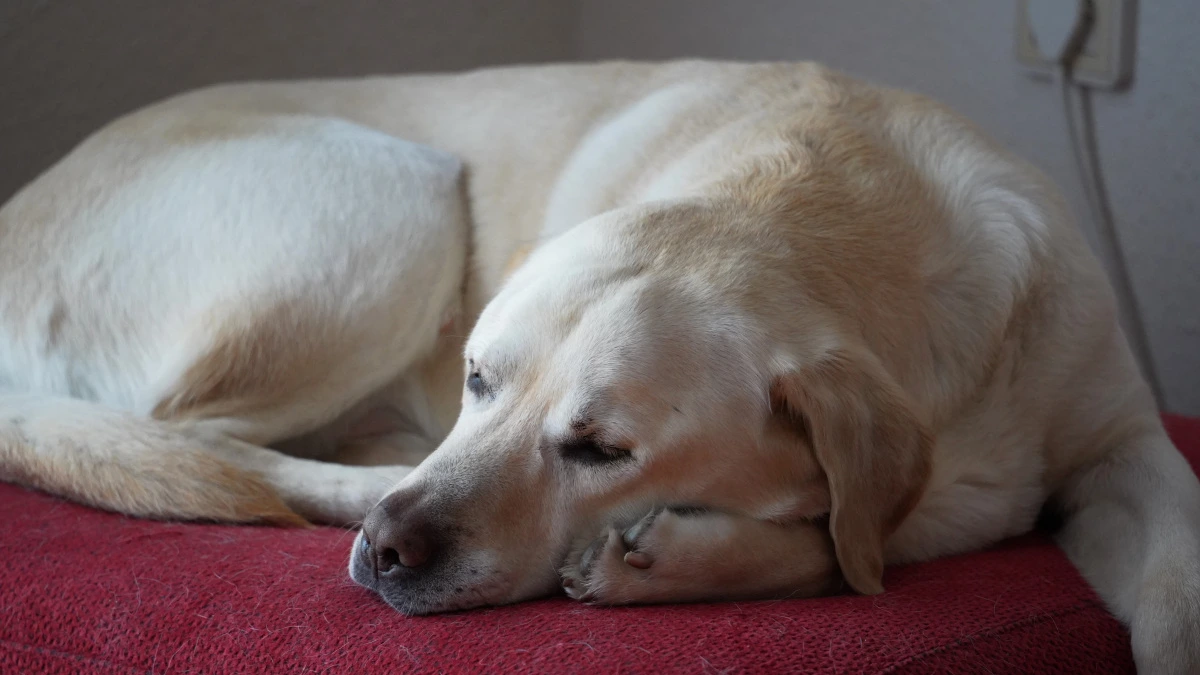
Dog Allergic Reaction Eye Swelling: Hidden Mistakes to Avoid
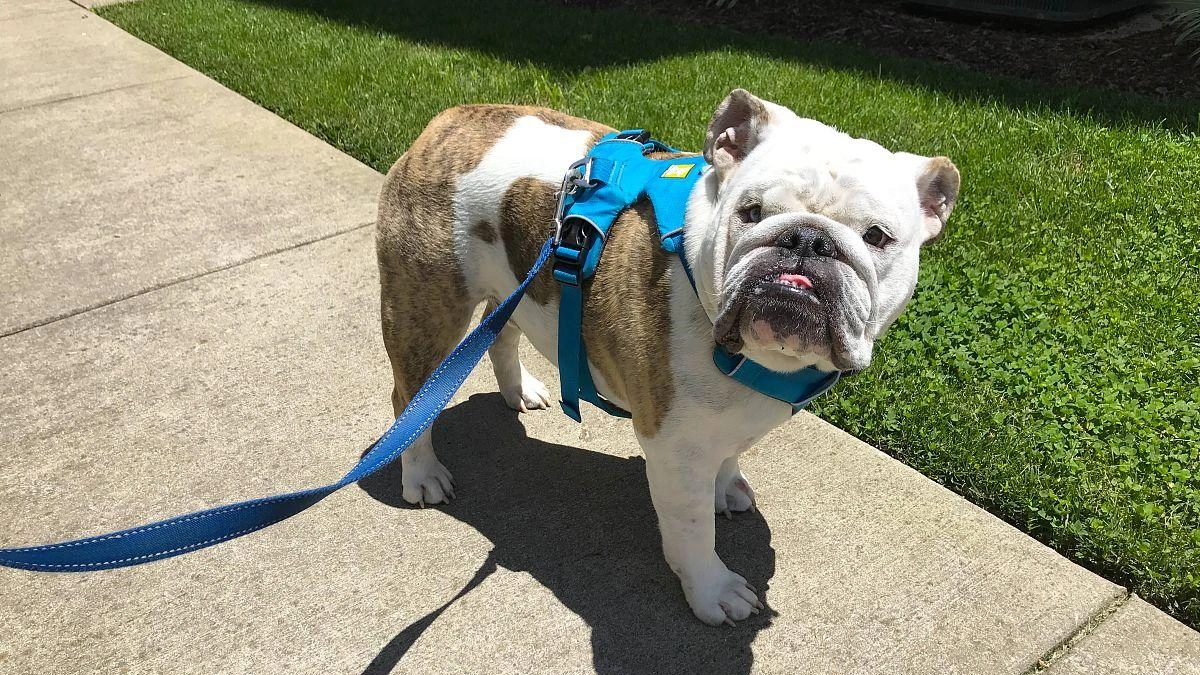
Why Do Bulldogs Scratch? Bulldog Skin Allergies Guide
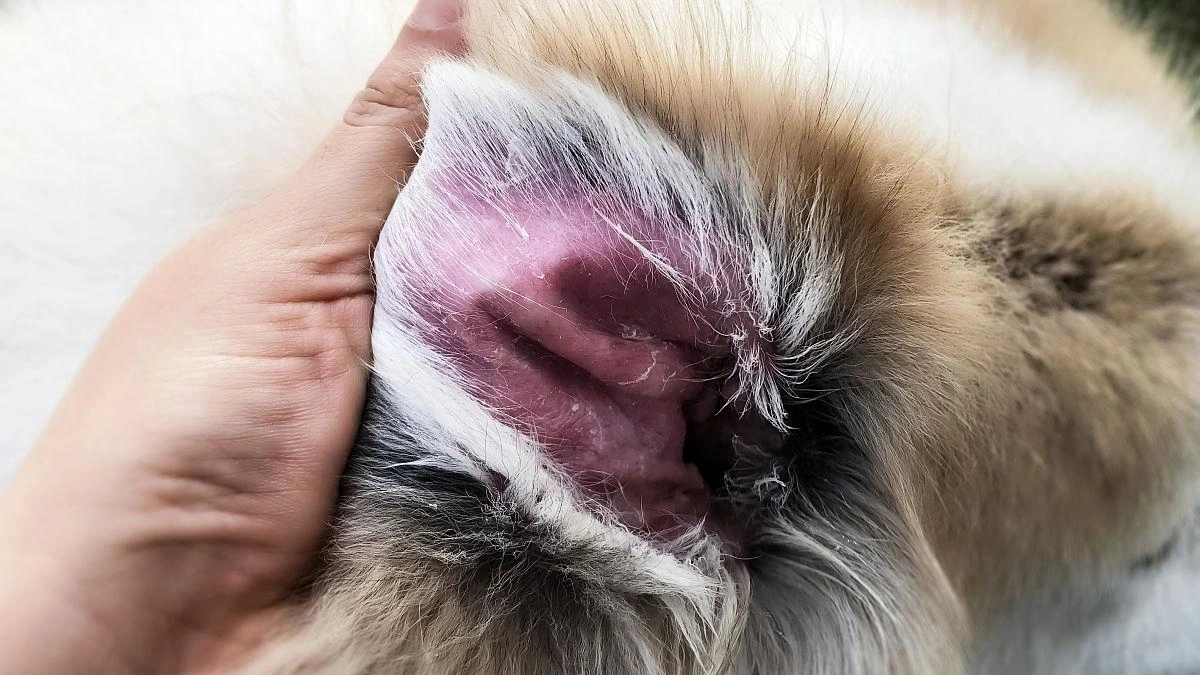
Cure for Dog Skin Allergies Owners Often Miss

How to Get Rid of Dog Allergies Naturally: Common Mistakes

Dog Allergic Reaction Eye Swelling: Hidden Mistakes to Avoid

Why Do Bulldogs Scratch? Bulldog Skin Allergies Guide

Cure for Dog Skin Allergies Owners Often Miss
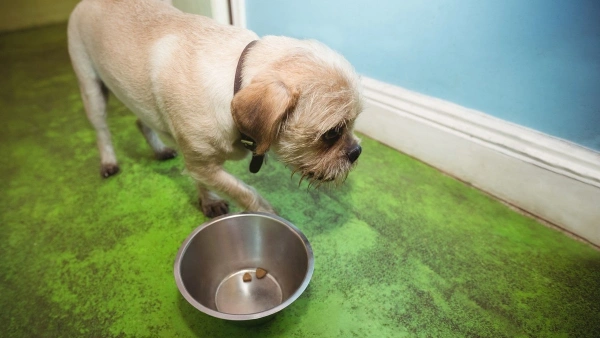
Vet-Recommended Wet Dog Food for Sensitive Stomachs — 2025 Guide
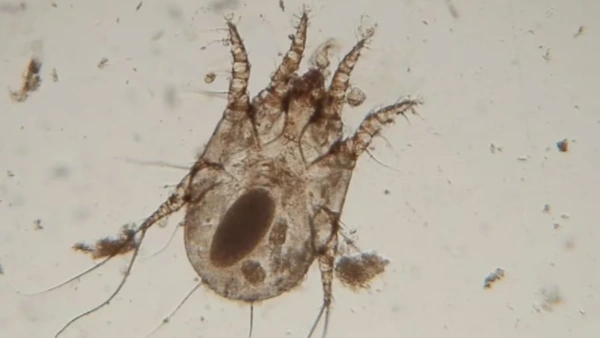
Dog Dust Mite Allergy: Symptoms, Treatment, Prevention
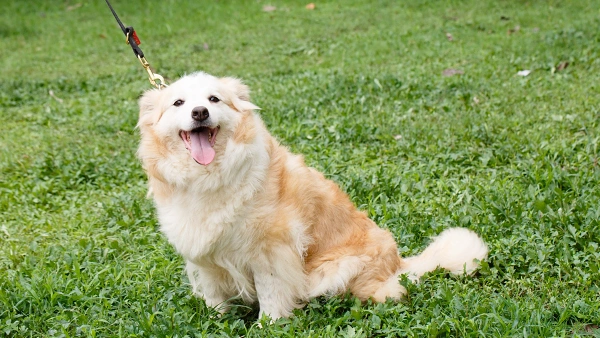
Can Allergies in Dogs Cause Diarrhea and Vomiting? Explained
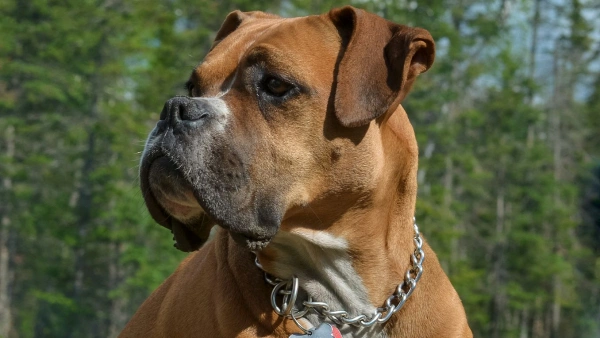
10 Pitbull Health Problems You Should Know in 2025 — Tips
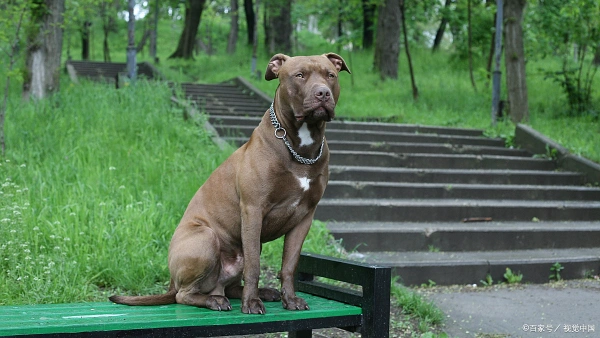

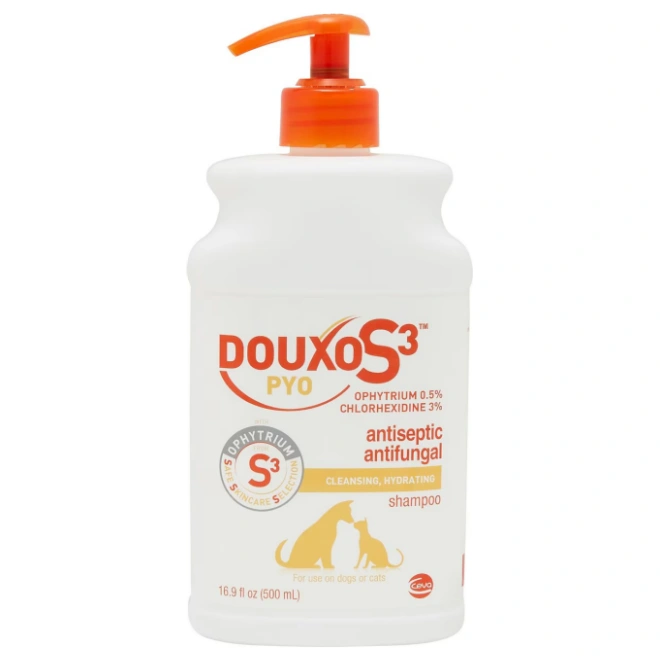
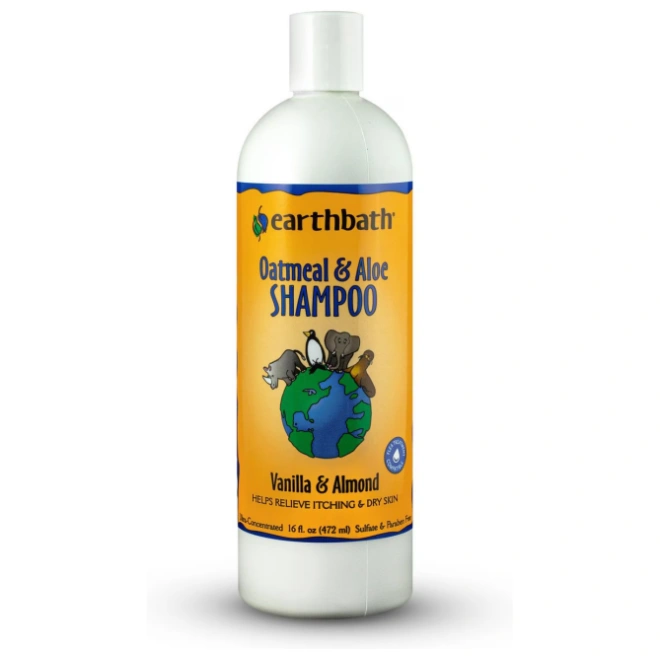
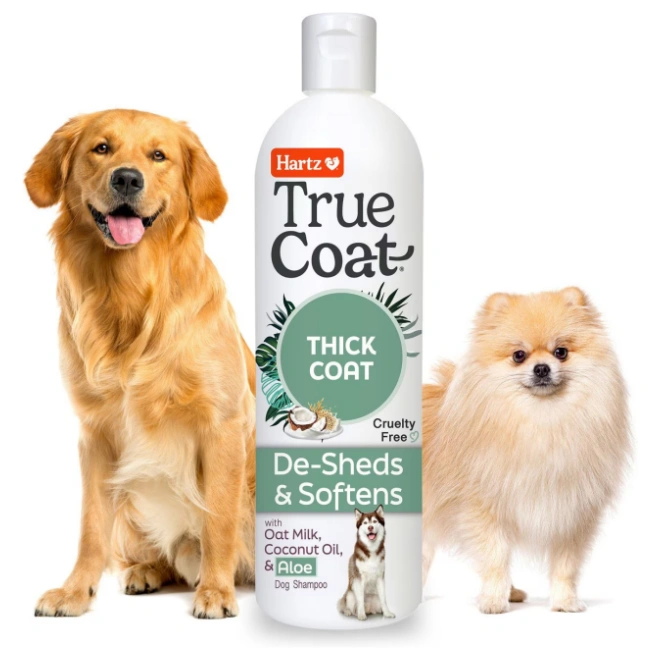
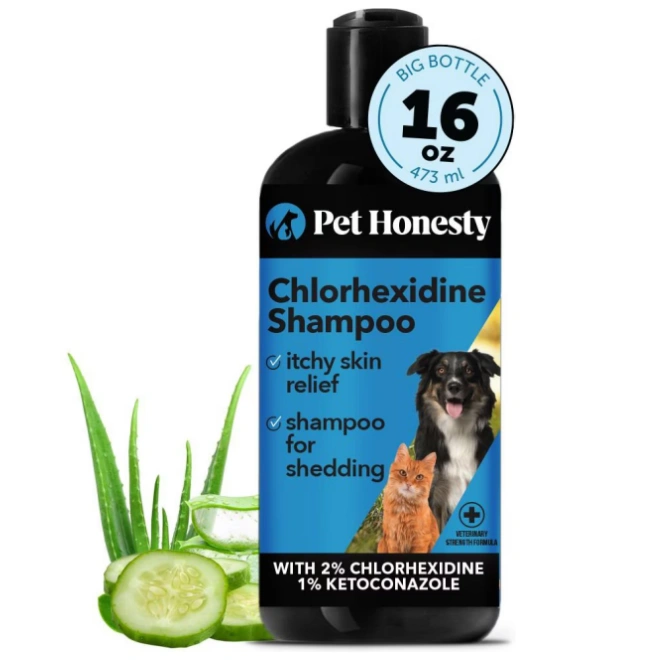








Leave a Reply